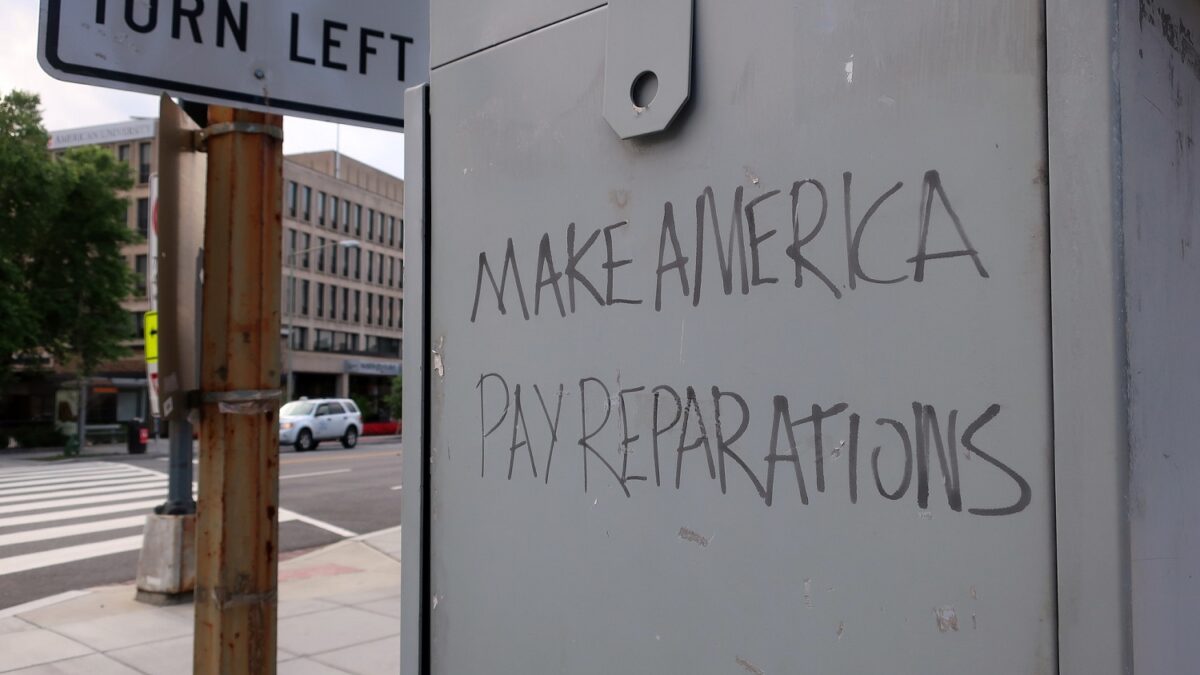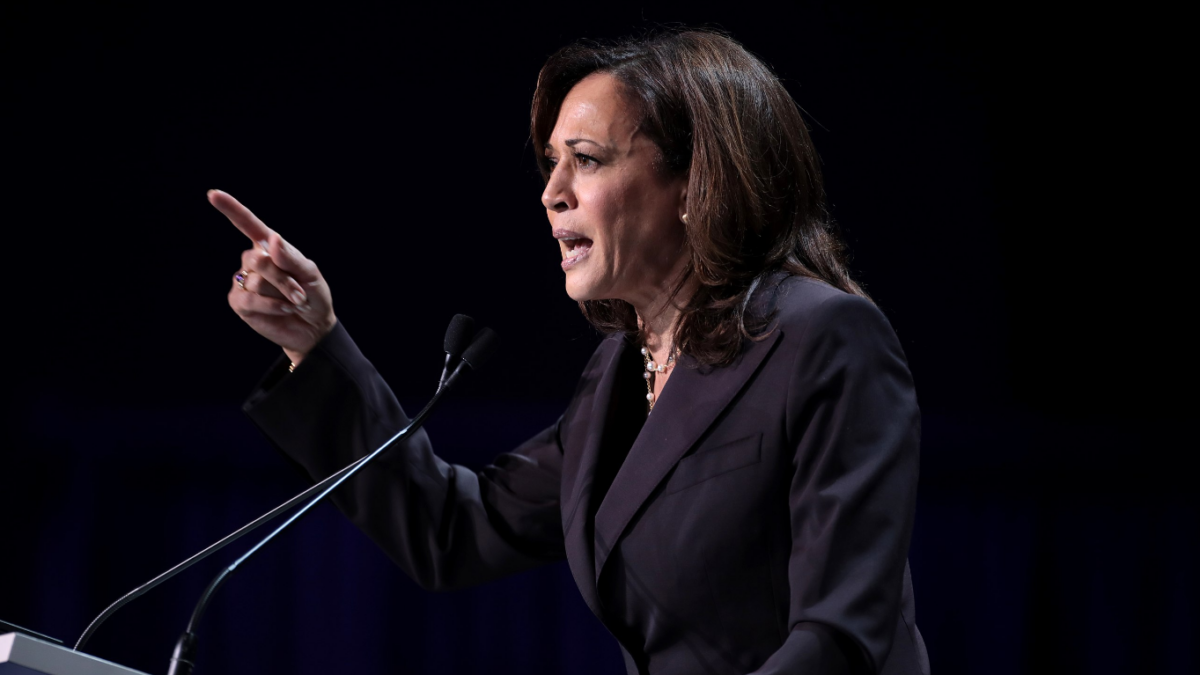The United Nations last month urged reparations across the globe for the descendants of transatlantic slavery.
“Reparatory justice is not just about addressing the wrongful acts of the past, it is about building societies that are truly inclusive, equal and free from racism,” U.N. High Commissioner for Human Rights Volker Türk said in a press release.
In America, reparations could cost close to $12.9 trillion. The financial burden would fall mostly on taxpayers whose ancestors had nothing to do with slavery, according to an Oct. 19 Manhattan Institute report.
“Since the 2020 ‘racial reckoning,’ there has been increased political momentum behind reparations for slavery,” Manhattan Institute Fellow Charles Fain Lehman wrote in the report. “To ask the question ‘Who pays?’ produces uncomfortable answers.”
The cost of paying reparations to black Americans is uncertain, according to the report. It could range from $196 billion to $53.3 trillion, but the average across all estimates is $12.9 trillion. For comparison, closing the black-white wealth gap could cost $15 trillion.
Who Pays and Who Receives?
This cost of reparations could fall on all non-black Americans. As many as 70 percent of those Americans descended from ancestors who arrived after slavery ended.
“Publicly funded reparations for slavery will entail taking money from tens of millions of people who are not — even under assumptions of inherited guilt that are already wildly at odds with the American tradition — plausibly responsible for slavery,” Lehman wrote.
The potential recipients of reparations range anywhere from 75 percent to 90 percent of black Americans, according to the report. Using the average estimated cost of $12.9 trillion, this would bring a payout of $360,000 to $430,000 per person. The highest estimate of $53.3 trillion would bring a payout of $1.48 million to $1.78 million per person.
Seventy-five percent of those supporting reparations said the federal government should fund them, according to a 2022 Pew Research study. But all government revenue ultimately comes from American taxpayers.
“If those taxpayers are not the long-term beneficiaries of slavery — the descendants of slaveholders,” Lehman wrote, “the tax burden will unfairly fall on people who owe no ostensible debt.”
Immigration After Slavery
By 1900, 49 percent of Americans were foreign-born or children of foreign-born parents, according to a Pew Research study. Assuming accurate estimates, 69 percent of America’s non-black population in 2019 could be traced to post-1860 immigration, according to the report. So, with increased immigration came an increase of non-black Americans with no responsibility for slavery.
This group includes descendants from the first and second great periods of immigration. The later arrivals include some of the wealthiest Americans, according to the report. In 2023, immigrants or their children had founded almost 45 percent of America’s Fortune 500 companies, according to the American Immigration Council. It would also be dishonest and unjust to draw reparations from the rich under the assumption that they benefited from slavery.
“It is contingent on the payer being a beneficiary, or at least having some historical connection to the harm,” Lehman wrote. “America grows ever more diverse, and as more and more of its population — especially its richest population — is descended from more recent arrivals, that grows less true.”
The Financial Burden of Reparations
Even if reparations were confined to the logical targets — native-born white citizens with American ancestry of British, Dutch, English, French, German, Irish, or Swedish ethnicity during slavery — they would burden each person with a $147,000 bill, using the average estimated cost of $12.9 trillion.
But the median household income for native-born white Americans was $93,000 in 2021, according to the report. Such households would have to be in the 73rd percentile of annual household income to generate that much money. And not only every household but every individual in this allegedly culpable group would have to pay up — meaning hundreds of thousands of dollars owed per household.
Clearly, demanding these Americans pay reparations would “represent a substantial fiscal burden,” Lehman wrote.
Politicians Push for Reparations
That has not stopped politicians from supporting reparations. The policy was at the forefront of 2020 Democratic platforms, and states and localities have adopted their own versions of the policy.
California Gov. Gavin Newsom, a Democrat, signed legislation in 2020 to establish a reparations task force, which recently recommended payments of $1.2 million to each eligible black resident. Evanston, Illinois, became the first American city to institute reparations in 2019. The city committed $10 million in total over the next decade, according to PBS.
Cities like San Francisco, Detroit, St. Paul, and Boston, along with counties like Fulton County, Georgia, and Shelby County, Tennessee, have followed suit.
Lehman called reparations the “most extreme version” of racial benefits justified by past harm. Others include hiring preferences, funding for black-owned businesses, and affirmative action.
Demographics and Reparations
Immigration brought demographic changes that reduced the supposed justification for these racial benefits policies, making them untenable, Lehman wrote. According to Pew Research, 68 percent of Americans in 2022 opposed reparations.
An example of this is the Supreme Court striking down affirmative action in its June 2023 ruling on Students for Fair Admissions v. Harvard, wherein plaintiffs alleged Harvard discriminated against Asians in its admissions.
“America’s demographic transformation poses an insurmountable problem for the reparations agenda,” Lehman wrote. “Justification for those programs declines in potency each day; the constituency against them grows.”









